Violating Traffic Laws Causes Motorcycle Accidents
The Washington Traffic Safety Commission reports that motorcyclists suffer far more injuries and fatalities as a group than others on the road. Approximately three percent of road traffic throughout the state is motorcycles. Yet, motorcycle collisions account for 15 percent of traffic fatalities and 19 percent of traffic crash-related injuries—discouraging statistics that have remained constant for more than 10 years.
Even when bikers take all precautions, drive safely, and wear a helmet, they still face the risk of injury or fatality because of other drivers on the road. Whether purposely or accidentally, motor vehicle drivers who violate traffic regulations put motorcyclists in great danger.
Traffic laws are in place to make everyone who shares the road safer. Understanding how violating these laws can lead to a motorcycle accident might help you avoid an accident, whether you are on two wheels or four.
If you have already been involved in a serious motorcycle accident, contact Boohoff Law for a free consultation today with an experienced motorcycle accident lawyer to see how you can get compensated.
Common Traffic Law Violations that Lead to Motorcycle Crashes
When drivers violate traffic laws, motorcycle accidents happen. Below are descriptions of some of the most common traffic violations that endanger motorcyclists on the road.
Following Too Closely
Motorcycles are more vulnerable on the road due to their smaller size and lack of protection compared to passenger vehicles. When drivers follow motorcycles too closely, they create a hazardous situation known as tailgating. This aggressive or inattentive behavior significantly increases the risk of rear-end collisions, which can have devastating consequences for motorcyclists.
Motorcycles often need to stop suddenly or slow down for various reasons, such as avoiding road hazards or adjusting to traffic flow. Unlike larger vehicles, motorcycles can stop more quickly, and drivers following too closely may not have enough time to react. This lack of reaction time can result in severe injuries for motorcyclists, including spinal injuries, broken bones, or traumatic brain injuries.
Drivers must maintain a safe following distance to give themselves enough time to respond to a motorcyclist’s actions. The general rule of thumb is to leave at least a three-second gap between vehicles. However, in adverse weather conditions or heavy traffic, even more space is advisable.
Unfortunately, many car or truck drivers underestimate the space needed to stop safely behind a motorcycle, leading to preventable accidents. Educating drivers about maintaining proper following distances can help reduce these dangers and create safer roadways for everyone.
Disobeying Traffic Control Devices
In the vast majority of cases, ignoring stop signs, yield signs, traffic lights, and other traffic control devices is not a conscious decision. A driver might be distracted or hasn’t properly scanned the road or looked far enough ahead to notice traffic signs and signals.
Regardless of their intentions, ignoring traffic control devices can cause a severe or deadly motorcycle accident. Ignoring speed limit signs might result in a driver going too fast for conditions and causing an accident. Rolling through a stop sign puts a driver in the cross-traffic lane, making it difficult for other drivers, including bikers, to avoid a collision.
One example of a traffic sign that many people ignore on purpose is a no U-turn sign after they’ve missed a turn or find themselves traveling in the wrong direction. When motorists make an illegal U-turn, it is typically an erratic quick turn that can easily cause an accident. Motorcycle riders are particularly at risk in this situation because it’s highly likely the driver is distracted or frustrated and hasn’t carefully evaluated the traffic around them. Motorcycles are sometimes difficult to see and a driver can easily cut a motorcycle off or turn into one when they are making an illegal U-turn.
Failure to Use Turn Signals
Washington Law (RCW 46.61.305) requires drivers to use turn signals to change lanes and make a turn. Specifically, drivers must give a signal at least 100 feet before turning. The law also states that “no person shall stop or suddenly decrease the speed of a vehicle without first giving an appropriate signal” when they have the opportunity to do so.
When car and truck drivers properly use their turn signals they send information to those with whom they share the road about their intentions, so others have the opportunity to properly respond. But when a failure to signal causes a rear-end collision, it’s likely a court will still find the rear vehicle at fault. In the vast majority of cases, law enforcement and the court will determine that the collision occurred because the rear vehicle was following the lead vehicle too closely.
Many drivers get lazy about turn signals and assume people around them know where they are going. In fact, a national study of 12,000 vehicles in 2012 revealed that almost 50 percent of drivers don’t signal when changing lanes, and about 25 percent don’t use their signals when turning. The study also found that approximately two million traffic collisions each year across the United States are a result of drivers failing to use their turn signals; more than twice the amount of accidents caused by distracted drivers as reported by the U.S. Department of Transportation.
Bikers are especially vulnerable to accidents when drivers change lanes without signaling on a highway or interstate with two or more lanes. As previously mentioned, motorcycles are difficult to see, and a driver who changes lanes might run into a biker. If the driver fails to signal their intentions to change lanes, the motorcyclist has no way to avoid a collision.
Speeding
The National Highway Transportation Safety Administration estimates that speeding accounts for more than one quarter of all traffic fatalities across the United States. Speeding increases the force upon impact during a collision, causing speed-related crashes to lead to fatalities more often than other types of traffic collisions. This is of special concern to motorcyclists who have far less protection (basically only motorcycle helmets) than cars from careless drivers who drive over the posted limit or too fast for conditions.
Speed limits are in place to protect those who travel on the nation’s streets, roads, and highways. States have different variations of speeding laws, some more open to interpretation than others. Washington’s speeding laws (RCW 46.61.400) are clear, and include the following guidelines and limits:
- No driver can operate a vehicle on a highway at a speed “greater than is reasonable and prudent” when road hazards are present.
- When no hazards are present and conditions are safe, Washington drivers must adhere to the following maximum speed limits:
- 25 miles per hour on streets in cities and towns;
- 50 miles per hour on county roads; and
- 60 miles per hour on state highways.
- Drivers must operate their vehicle at an appropriately reduced speed in the following scenarios:
- When approaching and crossing an intersection or railroad crossing;
- When approaching and going around a curve;
- When approaching the top of a hill;
- When traveling on a narrow or winding road;
- When pedestrians present a special hazard; and
- When weather or highway conditions call for reduced speed.
Drivers might be running late, stressed out and impatient, or simply in a hurry, so they choose to speed. Violating the law and traveling above the posted speed limit or too fast for conditions makes it more likely they will lose control of their vehicle and cause an accident. Motorcycles in the vicinity of speeding drivers are at risk of being involved in a life-threatening accident.
Driving Too Slowly
Driving slowly might not cause fatal accidents often, but it still can lead to serious traffic crashes resulting in severe injury, especially for motorcyclists. Washington law (RCW 46.61.425) requires motor vehicle drivers to travel at a minimum speed that doesn’t “impede the normal and reasonable movement of traffic except when reduced speed is necessary for safe operation or in compliance with law.” This law also assumes drivers are otherwise operating their vehicle under the legal maximum speed.
Drivers who go too slowly usually create an annoyance for others on the road. Still, when it becomes really dangerous for others, including bikers, it is when drivers are driving too slowly in the left lane of a highway or interstate. What was once just proper driving etiquette—slower traffic staying to the right—is now law in most states, including Washington. Drivers must stay to the right when traveling on multi-lane roadways unless they are passing another vehicle, preparing to merge or make a left turn or exit, or when traveling at a greater speed than the flow of traffic.
When drivers go too slowly in the fast lane, they slow all traffic. All it takes is for one car to hit another and create a chain reaction. Motorcycle riders involved in multi-vehicle accidents or pile-ups generally do not fare well. Even if they live through an accident like this, bikers risk being pinned between or under other vehicles or trucks impacted by the slow driver.
Driving While Distracted
driving distraction is anything that takes your mind, hands, or eyes away from the road. Cell phone use involves all three types of distractions, which is why most states make cell phone use while driving illegal.
In Washington, drivers can only use their cell phones while driving if they are using a hands-free feature that only requires them to push one button or make a quick swipe. Washington drivers can also use their cell phones when they are parked, out of the flow of traffic, or calling emergency services. The Washington Traffic Safety Commission estimates 70 percent of observed distracted drivers were on their cell phones.
Yet, it isn’t only cell phone use that puts bikers in danger of an accident, but other distracting behaviors, too. These include:
- Eating and drinking;
- Helping passengers in the back seat;
- Watching an event outside of the vehicle, typically a traffic accident;
- Personal grooming such as putting on makeup, combing hair, etc.;
- Adjusting the radio, climate control, or other vehicle features; and
- Daydreaming.
The safe operation of a motor vehicle requires a driver to see a hazard and adequately process the information to properly respond to the hazard. Distracted drivers are not capable of doing this, which puts motorcyclists and others in danger of a severe or fatal accident.
Driving Under the Influence of Controlled Substances
Most people think of alcohol when they think of driving under the influence; however, many other controlled substances can impair a driver and put others in danger. Between alcohol, marijuana, and other drugs, including prescription medications, the Washington Traffic Safety Commission estimates that 50 percent of traffic fatalities each year, including fatal motorcycle accidents, are a result of impaired driving.
Impaired drivers have a slower reaction time and cannot process information as quickly as usual while driving. This can result in severe accidents for all involved. The legal threshold for alcohol in Washington is 0.08 blood or breath alcohol concentration, just as in every other state. Law enforcement has more discretion to determine that a driver is impaired when drugs are involved because drug use is more difficult to quantify.
Motorcycle riders are especially at risk for a DUI-related accident at night. Motor vehicle drivers already need to pay special attention to bikers to safely share the road, which becomes more difficult at night. Impaired drivers on the road add a layer of danger for bikers. Those who are far above the legal limit and exhibiting the highest levels of impairment can easily swerve into a motorcycle, come up too fast from behind and collide with a biker, or cut a motorcycle off in traffic.
Call an Experienced Motorcycle Accident Attorney for More Information

Motorcyclists always need to drive defensively to maintain their personal safety on the road. Yet, when motor vehicle drivers choose to violate traffic laws, bikers need to be on particularly high alert. If you have suffered injuries as a result of a motorcycle accident caused by a careless motorist, you might be eligible for damages in civil court. Contact a knowledgeable motorcycle accident lawyer as soon as possible to determine your eligibility.
Call (877) 999-9999 or email Boohoff Law today – available 24/7
Free Consultation
We Are Here For You 24/7
Reviews
– Elissa M.
“Really pleased with Boohoff Law! Received immediate responses when I had any questions. Treated amazingly by all staff … made this process a true breeze!”
– Caitlyn M.
– Brandy K.
Related Posts
Collision Course: Identifying the Most Common Types of Motor Vehicle Accidents
Hit by an Uninsured Rideshare Driver? Your Questions Answered About Filing a Claim
How Can Dashcam or GoPro Footage Help My Motorcycle Accident Case?
Recovery is personal.
We’re here for you.
We’re close by. And if you can’t make it to us, we’ll meet you where you need us, at home or in the hospital.
You're better off with Boohoff.
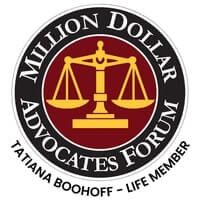

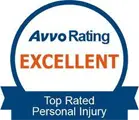
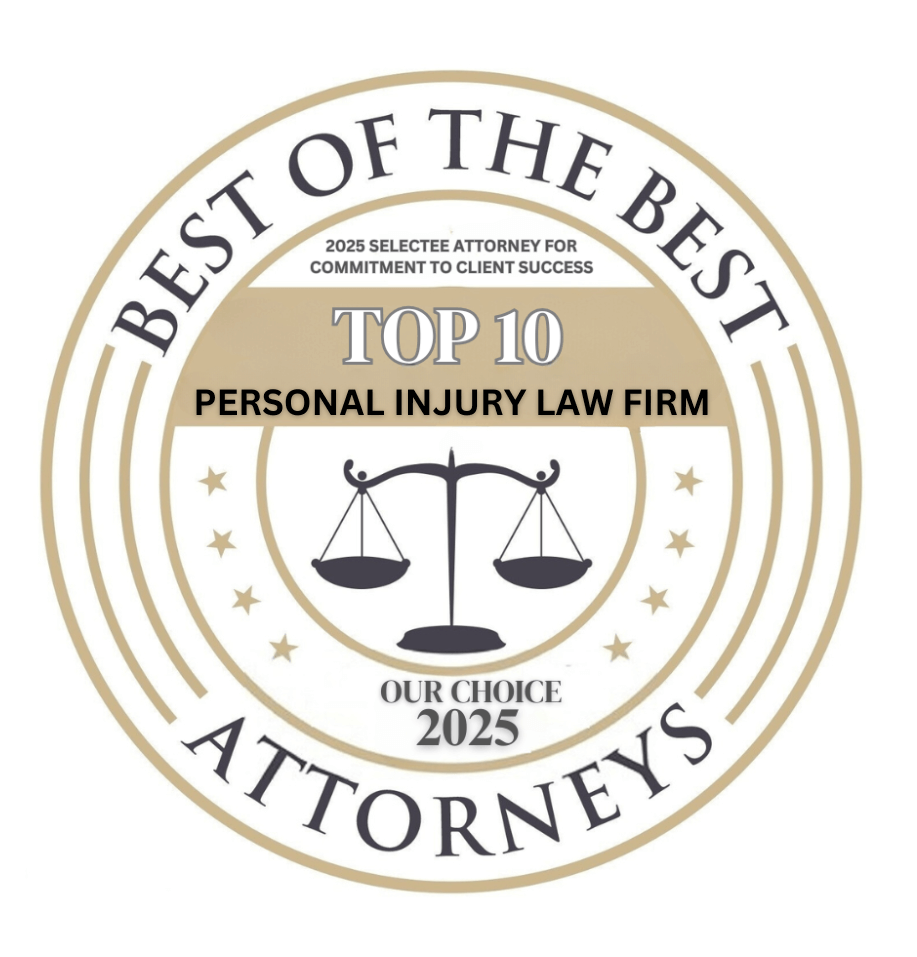
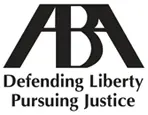
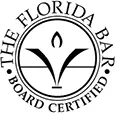
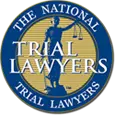
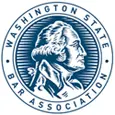



The information on this website is for general information purposes only. Nothing on this site should be taken as legal advice for any individual case or situation. This information is not intended to create, and receipt or viewing does not constitute, an attorney-client relationship.
available 24/7
(877) 999-9999
